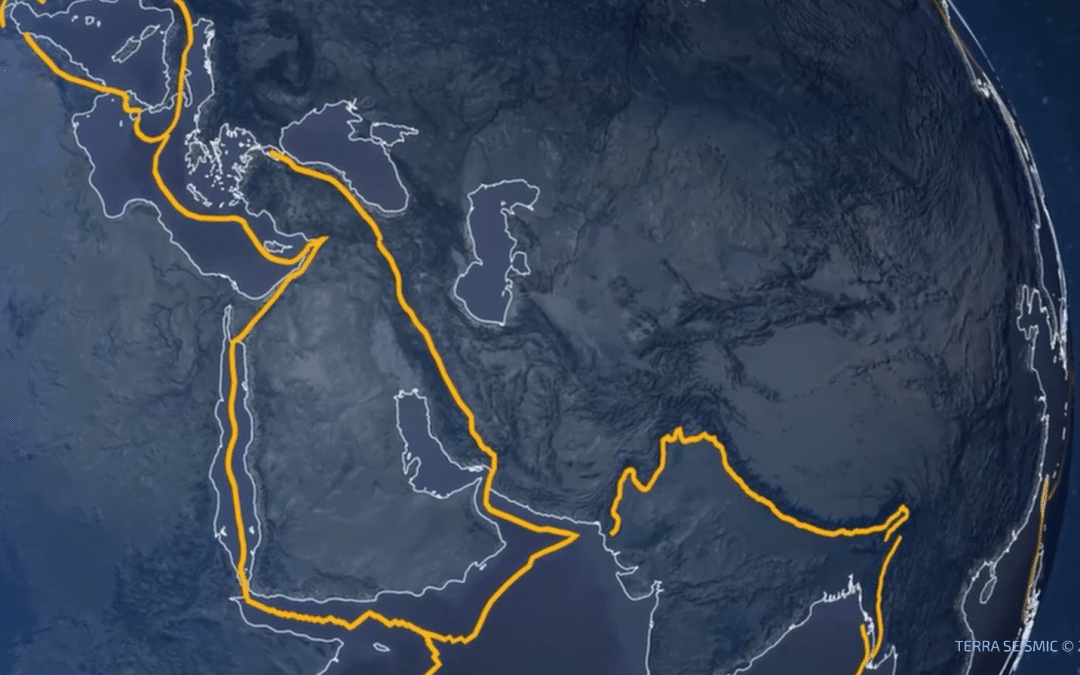Seismicity in Middle Asia, particularly in the regions encompassing countries like Kazakhstan, Kyrgyzstan, Tajikistan, Uzbekistan, and Turkmenistan, is influenced by the complex tectonic interactions associated with the collision between the Indian Plate and the Eurasian Plate. This collision is primarily responsible for the formation of the Himalayas to the south, but it also affects a broad swath of the continent, contributing to seismic activity further north.
Tectonic Plate Interactions: The Indian Plate’s northward movement into the Eurasian Plate raises the Himalayas and transmits significant compressional stresses northwards into the Eurasian continent. These stresses contribute to seismic activity throughout Middle Asia.
Active Fault Zones: Middle Asia has numerous active fault zones that generate earthquakes. These include the Tien Shan mountain range in Kyrgyzstan and Kazakhstan and the Pamir Mountains in Tajikistan, both seismically active due to the ongoing deformation caused by tectonic pressures.
Complex Geology: The geological structure of the region is complicated by the presence of multiple microplates and smaller tectonic blocks being compressed and jostled. This complexity often results in frequent and sometimes powerful earthquakes.
Historical Seismicity: The region has a history of significant seismic events that have caused substantial damage and loss of life. Historical earthquakes provide important data for current seismic hazard assessments and help guide infrastructure development and emergency preparedness.
Seismic Hazard Assessment and Risk Management: Given the high level of seismic risk, countries in Middle Asia have focused on improving their capabilities for seismic hazard assessment. This includes the development of better monitoring networks and the implementation of stricter construction codes, especially in urban areas prone to seismic damage.
Socioeconomic Factors: The impact of seismic events in this region is often exacerbated by economic constraints that can limit disaster preparedness and response capabilities. Efforts to build resilience are, therefore, closely tied to broader development goals.
Induced Seismicity: In some areas, particularly around reservoirs and mining sites, human activities have also contributed to seismic risks. Understanding and managing these risks is part of the broader strategy for seismic risk reduction in the region.
Middle Asia’s seismic activity is a significant concern due to its potential to cause widespread damage, necessitating ongoing efforts in monitoring, preparedness, and infrastructure resilience to mitigate the impacts of future earthquakes.

